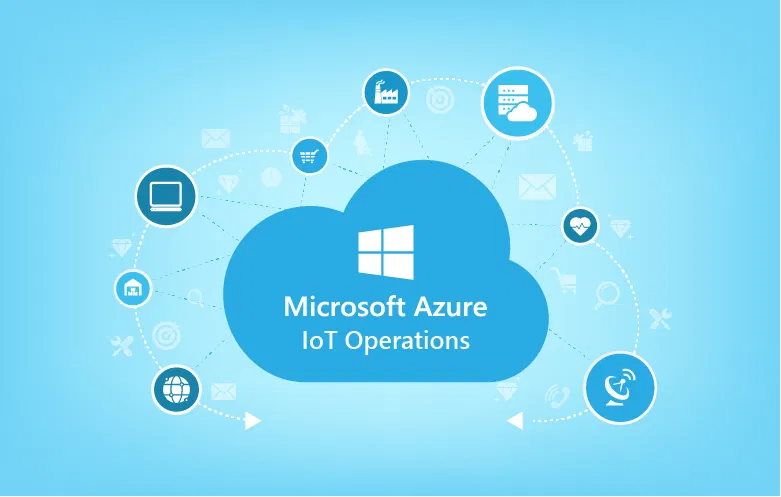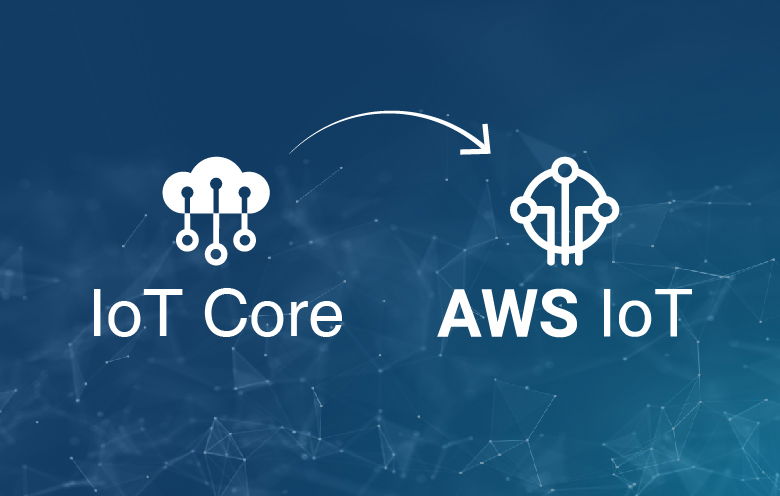With the expansion of the Internet of Things (IoT) in industrial and consumer markets; the volume, complexity and interconnected nature of devices, data and assets are growing significantly. This has given rise to a need for smart asset monitoring and management systems. Digital transformation and IoT have enabled asset-intensive organizations to utilize data and automate production processes. An effective asset performance management (APM) strategy keeps you ahead in today’s competitive market by maximizing asset availability, reliability, and performance and minimizing cost of ownership for each asset. These latest developments in technology help you to know asset health and performance in real-time. They provide strength to your maintenance strategies and empower you to make better decisions.
IoT in asset management
Once IoT is deployed with the system, sensors are integrated with all assets and devices. IoT creates a network of physical objects/devices by connecting one device to another device and all devices to the cloud network. These devices are supported by software, sensors and network connectivity. These sensors collect data from all sources and direct them to a centralized cloud network. The centralized system uses artificial intelligence (AI) and machine learning (ML) algorithms and analyzes this data.
By using a smart energy and asset management solution, you can access every piece of information via a single dashboard and utilize the derived analysis for obtaining useful insights. These insights help you in several ways. You can improve the performance of your assets, prevent equipment failure, increase efficiency, enhance productivity, and get a better return on investment (ROI) and a lot more.
Machine-to-machine (M2M) communication is a broad label under which we can describe any technology that facilitates networked devices to exchange information. It unites information technology and machine data communication between devices or machines. It can even execute actions on its own and does not require human assistance.
Why more businesses are adopting IoT these days
The benefits discussed above are definitely attracting businesses to adopt IoT but there is more to it.
1. Cost of implementing IoT is reducing
IoT technologies are more common and prevalent now and the cost of implementation has dropped substantially. This has enabled organizations to discover the potential of their existing assets and enhance the performance of their equipment.
2. IoT optimizes asset repair and replacement
An asset management solution has the capability to perform predictive maintenance which helps you to fix problems proactively and prevent damage to the asset. Predictive maintenance analyzes performance data and predicts the maintenance needs of an asset preventing unscheduled downtime and saving cost.
[workshop_avnet_1920]
3. IoT improves efficiency and reduces human involvement
IoT automates the entire process and minimizes manual work for humans. This enables workers to focus more on strategic initiatives and fulfill other important business needs in place of monitoring or inspection tasks. Automation makes processes more efficient by minimizing errors and improving your assets’ efficiency.
4. IoT facilitates strategic cost tracking
It is important for businesses to know where all their expenses originate in order to cut cost on something. You know you spent a certain amount on repair costs but you must even know what caused the damage to the asset so that you can avoid it from happening and reduce those expenses. A data-driven asset management system is capable of keeping track of such critical data and helps you to make smart financial decisions. You can categorize high-priority activities and more strategic actions and utilize resources accordingly.
This is the right time for all industries to adopt IoT technologies, especially the energy and asset management sector to monitor assets and manage their energy consumption.
It has become necessary for companies with plants, facilities, and equipment to monitor and manage their energy consumption since their energy consumption is so high that it cuts their profit margins. And energy costs take a larger part of the operation and maintenance budget. Hence, these companies are now exploring advanced systems for monitoring energy consumption at the asset level to support maintenance, replacement, and process control decisions. This system helps in the management of energy efficiency & assets and supports in enhancing operational efficiency, reducing energy costs, and improving regulatory compliances.
Energy and asset management
The constant increase in energy consumption leads to a massive increase in its demand. Existing energy grids are not that capable of handling such heavy energy demands. This has generated a need for new solutions and specific processes that are capable of increasing production from the same resources. Energy providers have started including smart grid services to fulfill increasing demands of energy. With growing investments in smart grids, asset and energy management solutions extract greater values from systems to manage the rising demands efficiently. The idea behind smart grids is that they will collect data in an automated manner and this data will be analyzed to understand consumer behavior for improving efficiency and economy of electricity usage. Smart grids have the capability to quickly detect the cause of power outage at an individual household level.
“By 2020, 21 billion of Internet of Things (IoT) devices will be in use worldwide.”
– Gartner Research
Asset management systems
IoT-based asset management systems keep track of asset performance and health. Massive amounts of data is generated by smart grid equipment and stored in an asset management system. Data is assembled and analyzed to extract useful and actionable insights.
These insights help in:
- Maintaining assets
- Predicting asset health
- Determining when it needs replacement
- Increasing agility and responsiveness
- Reducing operational costs
- Improving asset reliability
- Optimizing performance, etc.
As said above, this system possesses ML and AI capabilities which make it capable of performing real-time cognitive understanding. It detects abnormalities and provides visibility into asset performance. It also sends alerts to managers automatically in real-time so that they can take corrective actions and preventive measures.
The final say
Organizations must integrate smart energy and asset management solutions with their existing systems to manage the needs of this rapidly changing market. An asset management system optimizes availability, performance and quality of assets along with their energy consumption. The energy consumption costs cover more than 80% of a company’s operational budget. This compels business owners to focus more on the energy efficiency of their assets. Amalgamating an energy consumption component with asset management systems will definitely help you to reduce energy usage, achieve a better return on investment and sustain the environment.



